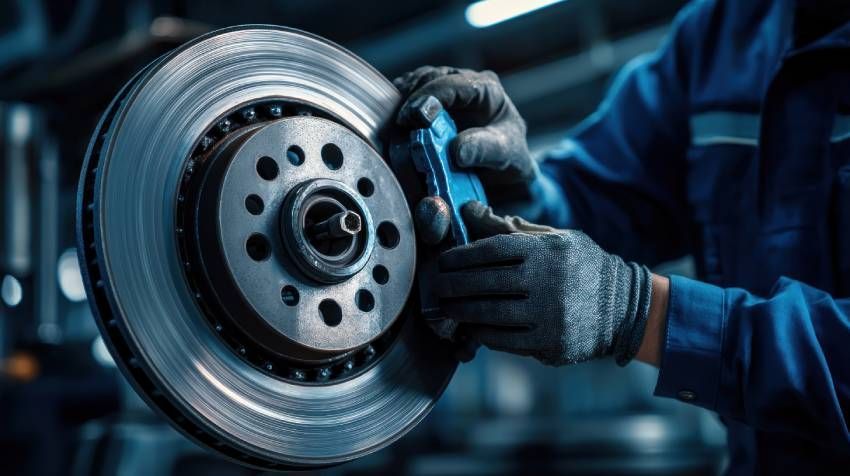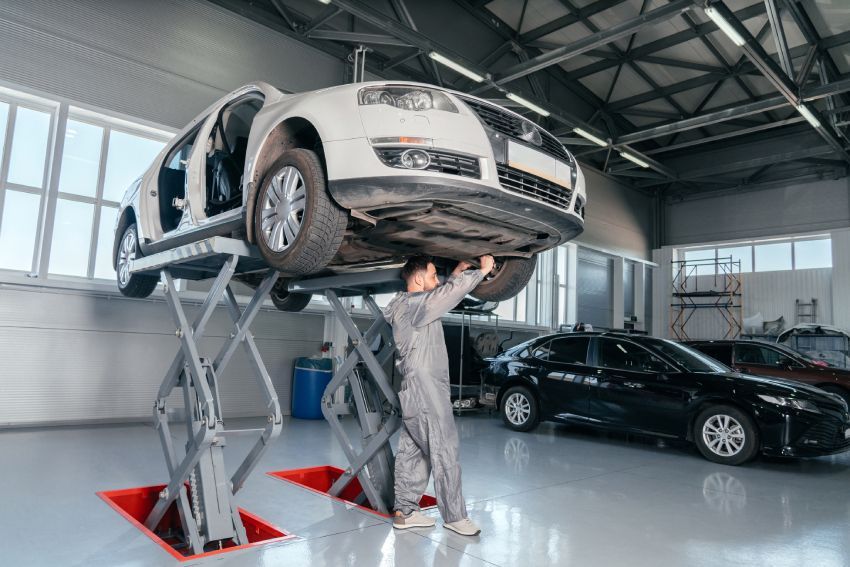When and How Often Does a Clutch Need to Be Replaced
While clutches are built to last for years, they do wear out eventually. A clutch replacement is an important milestone in a car’s lifetime. If you have driven your car carefully and adhered to a strict service and maintenance routine, the need for a clutch replacement is an indication of the vehicle’s age and mileage. The big question is: when is that moment likely to come? When and how often does a clutch need to be replaced? Let’s first look at what a clutch is and how it works, and then we will explain how often your vehicle will need a clutch replacement.
How Does a Clutch Work and Why Does It Wear Out Over Time?
The clutch is the pedal to the left of the brake, operated with the left foot whenever one needs to shift gears. When you press that pedal, you temporarily disengage the engine from the transmission, allowing you to shift gears smoothly and prevent any damage to the drivetrain. Without the clutch, you cannot shift gears. When you release the pedal after changing gear, the transmission and engine re-engage.
Over time, the components of the clutch start to wear out. Heat and friction take their toll on the disc, pressure plate, bearing, flywheel and other parts. This wear takes place very gradually from the very first time you drive the car. Depending on the design of the clutch and the quality of the components, it will wear out completely and need replacing anywhere between 50,000 and 100,000 miles. Luckily, a clutch will very rarely just stop working suddenly without warning. There are a number of signs you can look out for, which will help you discern the health of your clutch.
Common Signs of a Bad Clutch You Shouldn’t Ignore
These signs include:
- A spongy pedal: If the pedal feels soft or spongy when you press it down, your clutch might be on its way out. You know how your clutch pedal normally feels. If it ever starts to feel different in any way, there may be a problem developing.
- A stuck pedal: If the clutch pedal simply sticks to the floor and doesn’t return to its position when you lift your foot, you have severe clutch problems, making your car undrivable.
- Difficulty changing gear: If you struggle to engage a gear, usually first gear or reverse, it is usually a sign that your clutch is failing. However, you may not necessarily be able to tell how advanced the failure is. Some people drive for years with sticky gears, but it is best not to take any chances. If you notice this symptom, take your car to be checked by a mechanic as soon as possible.
- Slipping: When clutch failure is quite far advanced, the transmission often just slips out of gear.
How Often Should You Replace a Clutch in Your Vehicle?
The question of when to replace your clutch depends on how you drive. If you have a heavy left foot, ride the clutch, or grind your gears, you may need a clutch replacement much earlier than another driver would. As mentioned before, the average life of a clutch is anywhere between 50,000 and 100,000 miles. That’s quite a sizable window, so it’s hard to say exactly when you will need a new clutch. Have your vehicle checked and serviced regularly, drive carefully, and watch out for the signs.
Clutch Maintenance Tips to Extend Its Lifespan
Careful driving is the only way to extend the life of your clutch. Never ride the clutch or use it to keep the car stationary at a traffic light engage the brake. When you change gears, try to ensure that your foot and hand movements are as smooth and gentle as possible. There should never be any need to force either the clutch or the gearshift. Always remove your foot from the clutch as soon as you have completed a gear change.
If you live in Santa Cruz, Boulder Creek, Los Gatos, or Aptos and the surrounding areas, and you are worried about the state of your clutch,
contact Scotts Valley Transmission.





